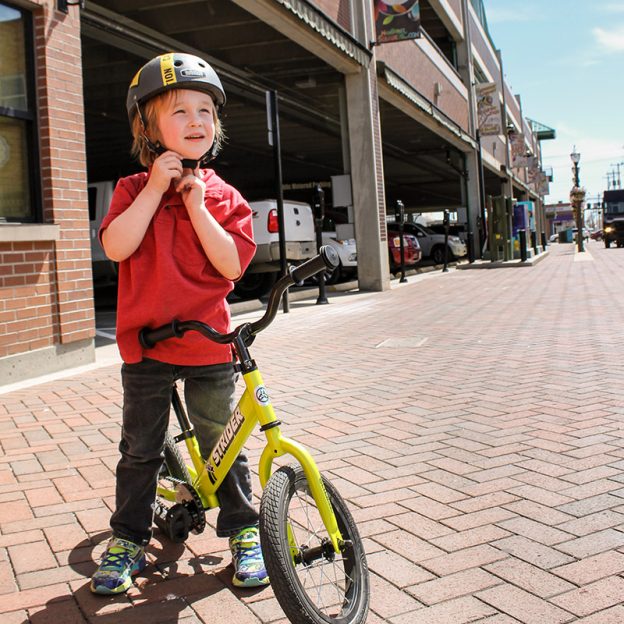Tag: family riding
-

Kid’s bikes are the gateway to a lifetime of fun.
Knowing the differences between kids’ bikes when it is time to get your child on a bicycle will make your job easier. Whether it’s the first bike or an upgrade to a bigger size. Here are some tips so you know what’s best for your young rider.
-

Strider’s 14x is a new breed of balance bikes and out of the box
We’ve talked a lot about balance bikes in the past, and with good reason. Balance bikes teach children the most difficult aspect of riding in a fun and easy way. By doing away with the pedals, a balance bike allows kids to scoot along sidewalks and paths with relative ease while learning how to balance…
